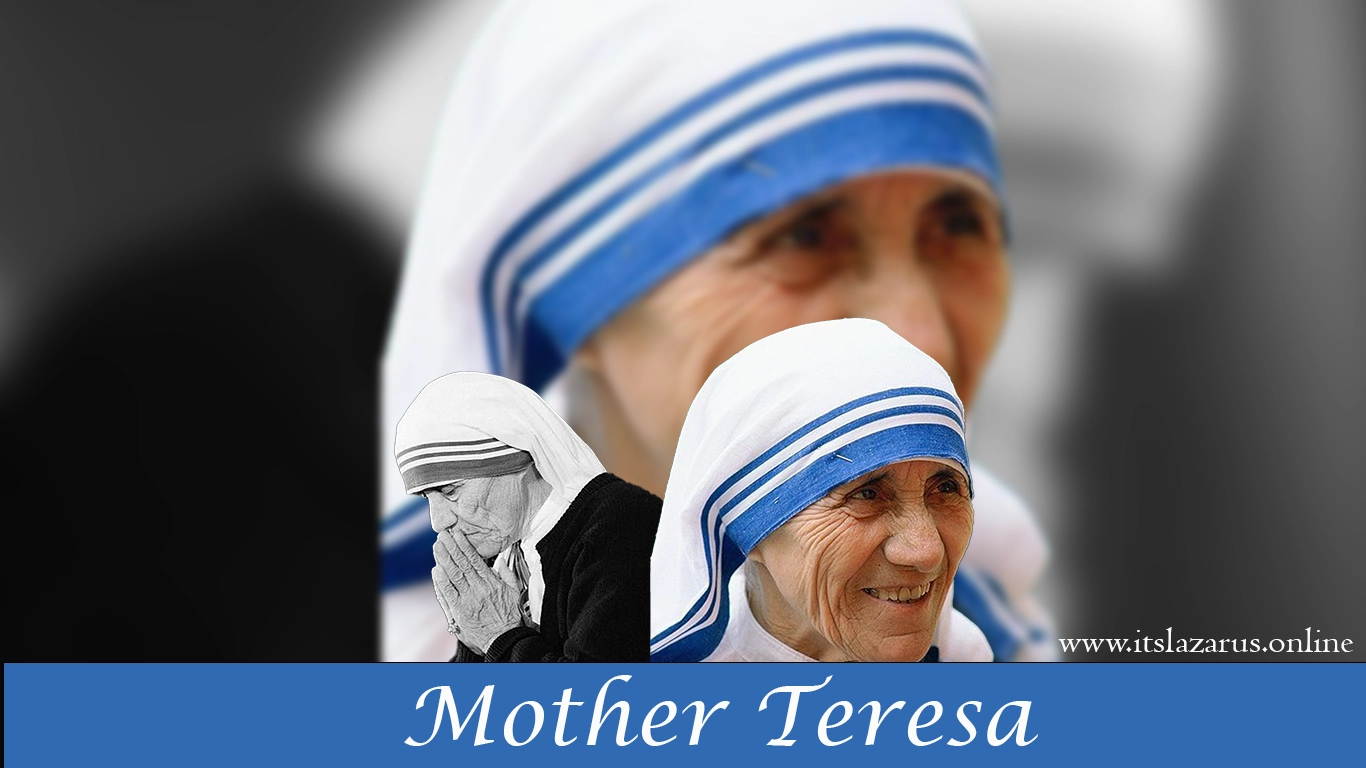Mother Teresa, also known as Saint Teresa of Calcutta, was a Roman Catholic nun and missionary who devoted her life to serving the poor, sick, and dying, especially in India. She is remembered as a global symbol of charity, compassion, and selfless service.
Birth of Teresa
She was born in a city called Skopje (in present-day North Macedonia). She was named as Anjezë Gonxhe Bojaxhiu, born on August 26, 1910. Her family was Albanian, deeply Catholic, and known for helping the poor. Her father, a businessman, died when she was just 8 years old. Her mother raised her with strong values of faith and charity, often inviting the poor to dine with them.
From a young age, Anjezë felt drawn to a life of religious service. At just 12 years old, she decided she wanted to become a missionary and help people far away. By 18, she left home and never saw her family again. She joined the Sisters of Loreto, a Catholic religious order in Ireland, and took the name Sister Teresa, after Saint Thérèse of Lisieux.
Journey To India
In 1929, Sister Teresa arrived in Calcutta (Kolkata), India. She began working as a teacher at St. Mary’s High School for girls. She taught history and geography to middle- and upper-class Indian girls, helping shape young minds. Over time, she became the school’s principal and was known for her kindness, discipline, and strong leadership.
But outside the school’s walls, India was suffering. Poverty, disease, and hunger filled the streets. In 1943, a terrible famine struck Bengal, killing millions. Then, in 1946, after years of service, she experienced a moment that would change her life forever.
The Call Within a Call
While riding a train to the Himalayan town of Darjeeling, Sister Teresa heard what she later called a “call within a call.” It was a spiritual message from God telling her to leave the convent and serve the poorest of the poor by living among them. This was not easy. She had no money, no support, and no idea how to begin. But in 1948, with permission from the Pope, she left the safety of the Loreto convent, exchanged her nun’s habit for a simple white sari with a blue border, and walked into the slums of Calcutta.
Living with the Poor
She started by teaching poor children to read and write using chalk on the ground. She began visiting sick people in the streets, washing their wounds, and giving comfort to the dying. People started to notice her. Some offered food. Others came to help. In 1950, she officially founded a new religious order called the Missionaries of Charity. Its mission was simple but powerful: to care for those no one else would touch, the hungry, the dying, the lepers, the homeless, the forgotten.
The order grew. Soon, she opened homes for lepers, orphans, and the dying. One of the most famous was Nirmal Hriday (“Pure Heart”), a place where people could die with dignity, love, and peace.
Fame, Criticism, and Global Impact
In the 1960s and 1970s, the world noticed this her impacts. Journalists came to see her work. In 1979, she was awarded the Nobel Peace Prize. She didn’t want the fancy banquet that usually came with the prize, instead, she asked that the money be used to feed the poor. She became an international symbol of compassion and selfless service. Presidents, kings, and even popes met her. Yet, she continued to live simply, no possessions, no salary, no luxury.
But not everyone praised her. Some critics questioned the medical care in her homes or said she should have used donations more wisely. Others misunderstood her religious motivations. Still, she never stopped working.
Her Final Years and Sainthood
As she grew older, her health declined. She suffered from heart problems, and in 1997, she passed away at the age of 87. At the time of her death, the Missionaries of Charity had over 4,000 nuns and was active in over 100 countries. In 2016, Pope Francis declared her a saint in the Roman Catholic Church. Today, she is known as Saint Teresa of Calcutta.
Legacy of Mother Teresa
Mother Teresa didn’t build empires or write books. She simply loved people, especially the ones the world had forgotten. Her legacy lives on in the thousands of nuns, volunteers, and hospitals that still carry her mission forward.
She once said:
“Not all of us can do great things. But we can do small things with great love.”




